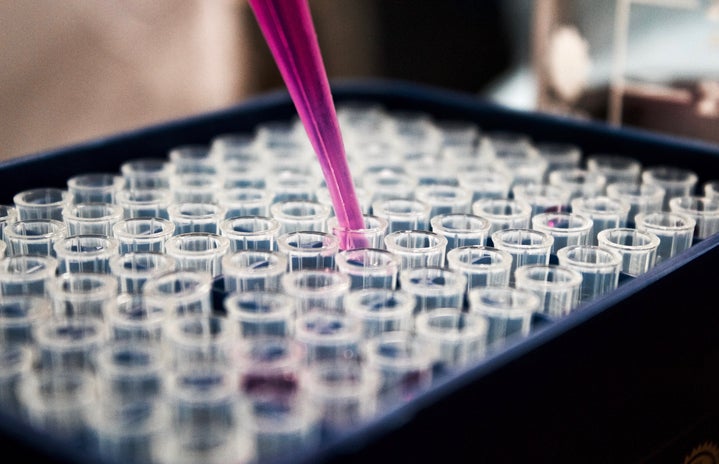With the never-ending stream of negative news regarding crime, it’s hard to find hope in our world. Technology and systems out in place to keep us safe end up being harmful, and trust is hard to give. However, some advances in technology allow the public to trust our correction agencies a little more.
The most groundbreaking advance in trace evidence analysis is the use of nanotechnology. Nanosensors can be used to enhance biological imaging, which gives a clearer picture of what’s at a crime scene. This technology can also be used to identify certain substances, such as biological components using gold nanoparticles. This type of technology is mainly used for identification and furthering the reliability of evidence.
One problem in the forensic world is the lack of certain resources. Especially in underprivileged communities, the resources necessary to provide safety aren’t a given. Recently, Brazos County has invested in a medical examiner’s office because the closest one is in Travis County. The county has allocated about 24 million towards the office, proving how much goes into having necessary technology. Now entering the field are virtual autopsies. While this technology is still in its infancy, it uses CT and MRI imaging to produce a full body scan that can be studied. This practice is mainly used in odontology because dental imagery is already so extensive.
Continuing with the resource problem, there’s something to be said about rudimentary analysis, and some basic equipment isn’t available. The “Foldscope” has been in use for a decade, but mass manufacturing has begun to make on-scene analysis more accessible. These portable microscopes are made of paper and can be assembled on the go. Third-world countries often use these, but investigators use these in many countries if a rapid analysis is required.
Many technological advances push the forensic world forward, and hopefully, continued research will make the world safer.


